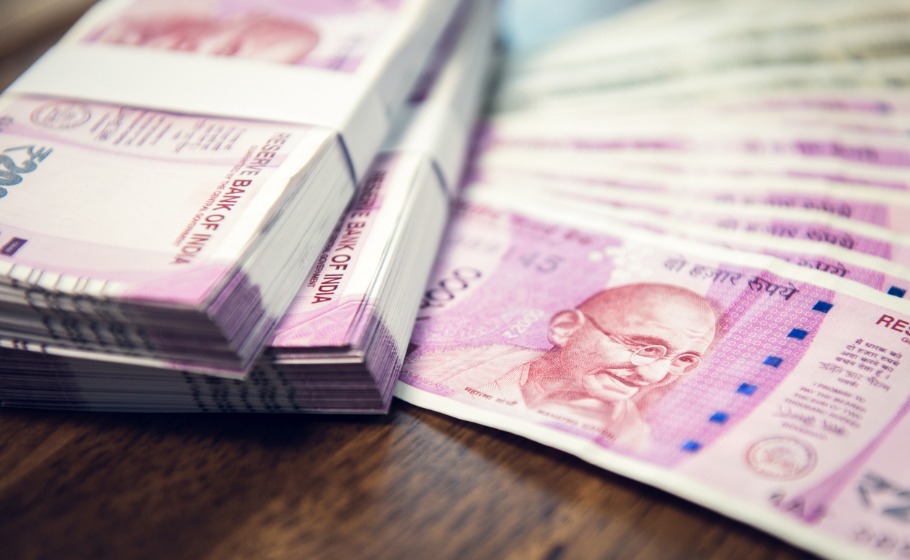
e-RUPI explained: Digital payment without card or bank account

Prime Minister Narendra Modi virtually launched e-RUPI, a novel voucher-based instrument of digital payment, on Monday (August 2).
e-RUPI is cashless and contactless e-Voucher based on QR code or SMS string delivered to the beneficiary’s cellphone.
The users of this seamless one-time payment mechanism will be able to redeem the voucher without a card, digital payments app or internet banking access. It has been developed by National Payments Corporation of India (NPCI) on its UPI platform, in collaboration with the Department of Financial Services, Ministry of Health & Family Welfare and National Health Authority.

The government sees another advantage — leak-proof delivery of welfare services to the needy.
How is e-RUPI different from UPI or net banking?
Unlike net banking or UPI, these vouchers can be redeemed without the need for an internet connection or an app. Just the SMS string or QR code would suffice for completing a transaction, making it the easiest instrument available for digital transaction.
Also, e-RUPI has a prepaid mode of transaction. Hence, it is expected to enable timely payment to the service provider without the need for physical or digital intervention.
The sponsor (here government of India) will store the required amount in the voucher even before the transaction takes place. Thus, the process of redeeming is expected to be reliable and relatively faster than other instruments, claims the government.
Benefits to users
Since there is no physical or digital intervention, e-RUPI is expected to provide seamless service to beneficiaries. The government also intends to use the same for delivery of services under schemes like TB eradication program, Ayushman Bharat Pradhan Mantri Jan Arogya Yojana, fertilizer subsidies etc.
The government has said that even the private sector can leverage e-RUPI as part of their employee welfare and corporate social responsibility programs.
The development agency – NPCI – has listed additional benefits of the payment instrument, which includes cost reduction of disbursal, voucher tracking system, and a quick as well as safe delivery guarantee for private entities.
On the beneficiary side, the advantages include contactless delivery which means the user need not carry a physical print. Since beneficiaries are not required to share personal details, their privacy is protected during the transaction. Most importantly, e-RUPI allows the user to redeem the voucher without a bank account.
Live partners
The government has partnered with 11 banks to process transactions under e-RUPI. The partner banks include nationalized as well as private banks. Also, a total of 1,641 hospitals have been listed as live partners where the vouchers can be redeemed. Additional details on the same are still awaited.
List of Banks
Axis Bank
Bank of Baroda
Canara Bank
HDFC Bank
ICICI Bank
Indusind Bank
Indian Bank
Kotak Bank
Punjab National Bank
State Bank of India
Union Bank of India


